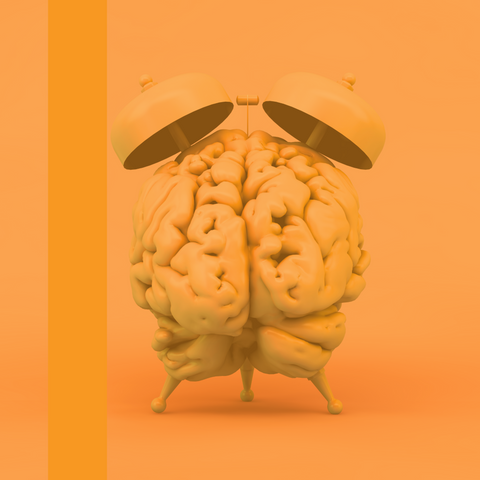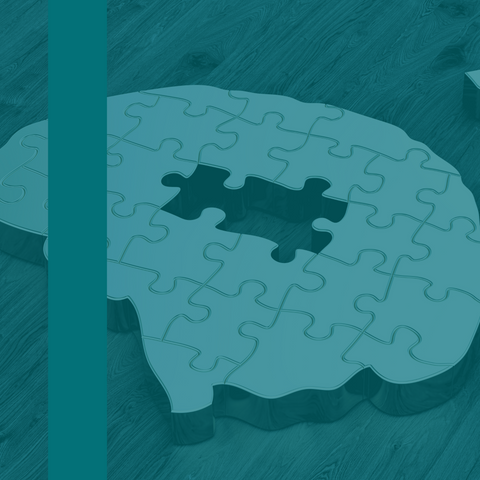Learning & education

Sleep is considered the most fundamental element of the glymphatic system activity, particularly slow-wave sleep during non-rapid eye movement (NREM) sleep [10]. Both sleep duration and quality influence the glymphatic system as sleep disruption results in glymphatic clearance impairment and compromises the essential removal of extracellular metabolites from the brain [9].

The endocannabinoid system serves to modulate neurotransmission at inhibitory and excitatory synapses in the brain, specifically in brain regions associated with the regulation of emotions, motivation, pain, and cognition [10-14]. Our knowledge of this system has broadened considerably in recent decades and its discovery represents a hallmark in neuroscience.

Cognitive biases are prevalent human tendencies that can significantly influence how we think, make decisions, and act in various ways [1-3]. In the setting of health and wellness, these biases can have a far-reaching impact [4], both positive and negative [5].

Nicotine is a chemical compound that naturally occurs in tobacco plants. It's notorious for its addictive properties and the severe health consequences of smoking. However, when you separate nicotine from the toxic components of tobacco and view it in isolation, a different narrative emerges.

In this article, we are going to focus on 7 ways to naturally increase GABA in the brain, including cool tech and some awesomely therapeutic orange and lavender troches!

Everyday an American is potentially exposed to more than 80,000 toxic chemicals, yet their impact on neuro-diseases is not well understood. Studies have shown that exposure to toxic chemicals in the early stages of life could have permanent consequences for neurodevelopment and neurodegeneration in later life.
